Gold
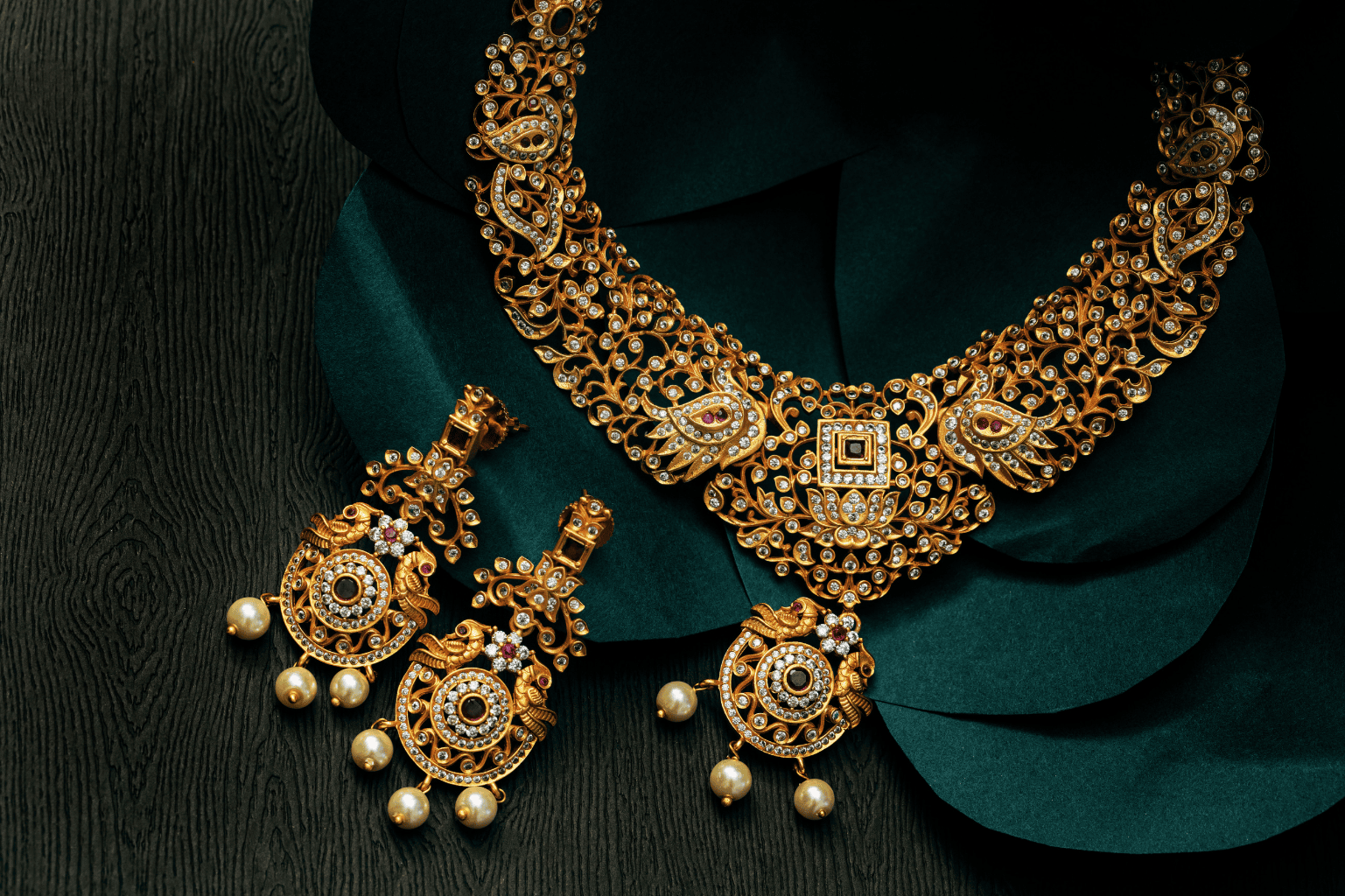
Gold has been an integral part of Egypt's history, dating back to the Pharaohs who valued it for both ornamental and spiritual purposes. The gold industry has flourished for centuries, with Egypt being a significant player in the ancient world’s gold trade.
Artisan CraftsmanshipEgyptian artisans have a long-standing tradition of working with gold, crafting intricate jewelry and ornate objects. The skillful work of Egyptian goldsmiths blends traditional techniques with modern designs, creating pieces that are both timeless and contemporary.
In 2022, Egypt's gold exports reached $1.63 billion, with Canada importing approximately 48.3% of this value, totaling around $789 million. This positions gold as one of Egypt's top exports to Canada.
Global Market AppealEgypt’s gold craftsmanship has gained global recognition, with its jewelry being sought after by collectors and consumers worldwide. Whether for investment, luxury, or unique cultural value, Egyptian gold continues to shine in the international market.
Silver

Silver has been a significant part of Egypt's history, used for various purposes including jewelry, amulets, and cult objects. The Egyptians regarded silver as more valuable than gold for much of their history, and it was often used in religious and ceremonial contexts.
Artisan CraftsmanshipEgyptian artisans have a long-standing tradition of working with silver, crafting intricate jewelry and ornate objects. Silver blends well with gems and stones, allowing artisans to create beautiful silver artworks in various gem colors.
In 2023, Egypt exported approximately 3,778 kg of unwrought silver, valued at $2.88 million, primarily to the United Arab Emirates. This positions Egypt as a notable exporter in the global silver market, with increasing interest in its silver products due to their unique craftsmanship and cultural significance.
Silver Purity Standards in EgyptEgypt has a rich history of silver craftsmanship, with silver purity in Egypt commonly marked as 800, 900, or 925, with 925 sterling silver (92.5% pure silver) being the most prevalent in jewelry and artisanal products.
Gems & Precious stones

Egypt has been a leader in gemstone trade for millennia, with lapis lazuli, turquoise, and carnelian valued by the pharaohs for adornment and ceremonial purposes.
AmethystAmethyst was a popular gemstone in ancient Egypt, especially for engraved gems used in jewelry.
GarnetRed garnet necklaces adorned the pharaohs, often buried with them as prized possessions for the afterlife.
Carnelian symbolized vitality and protection, often worn to ward off the Evil Eye and engraved with prayers or symbols for added protection.
Lapis LazuliLapis lazuli was considered sacred, symbolizing the divine status of the pharaohs and used by priests in rituals.
TurquoiseTurquoise was prized for its beauty and believed to bring protection, often sourced from Sinai and associated with the goddess Hathor.
Copper Martel
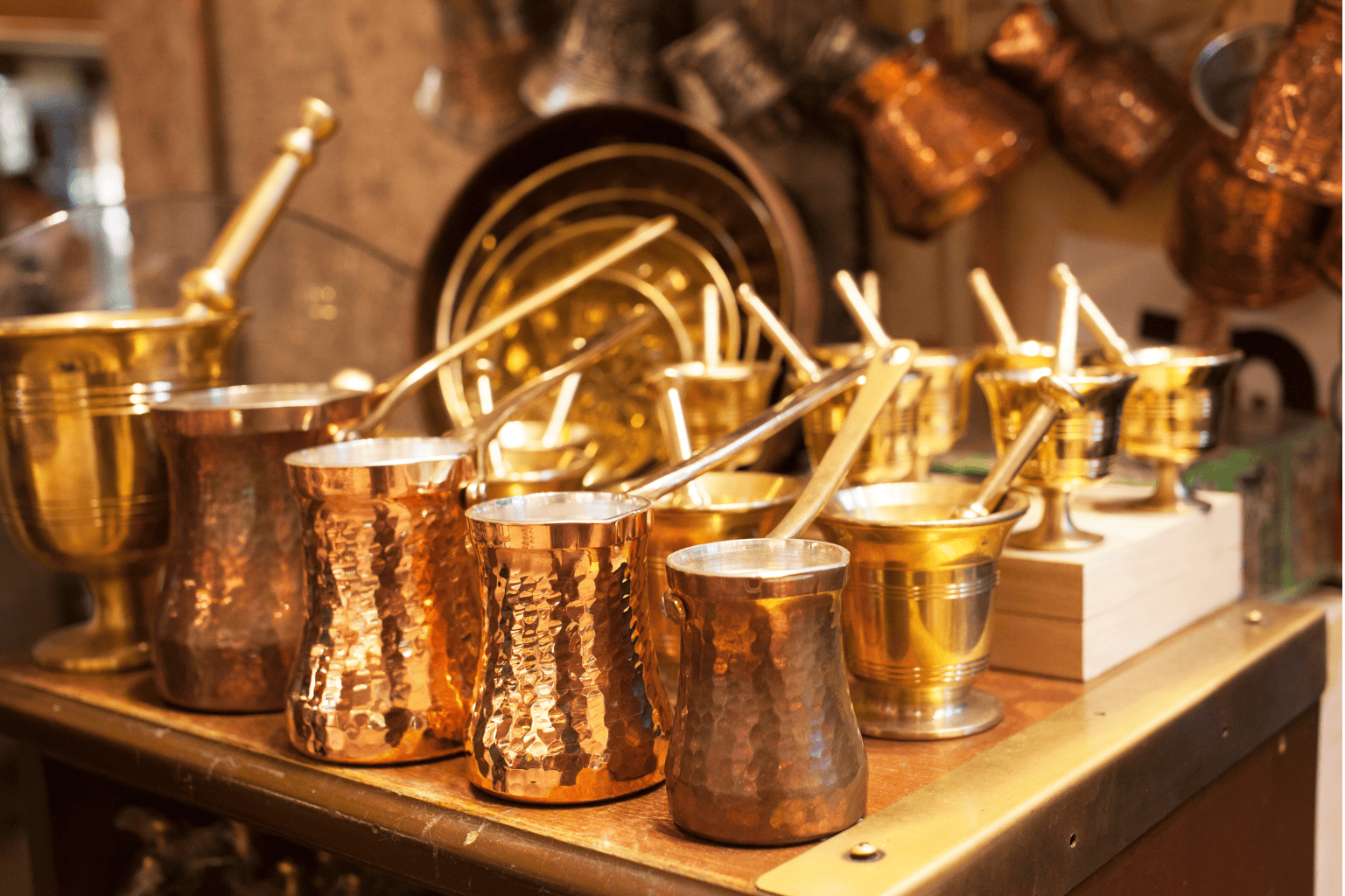
Copper Martel is a traditional art form in Egypt, originating from ancient times. Known for its versatility and timeless appeal, the craft has been passed down through generations, with skilled artisans creating beautiful and functional works of art.
CraftsmanshipCopper Martel artisans use specialized tools and techniques to shape copper into intricate designs, producing stunning home décor, kitchenware, and jewelry. The process involves hammering, shaping, and sometimes etching or engraving the copper, creating unique and artistic pieces.
Today, Copper Martel remains a symbol of Egyptian artistry, with contemporary designs incorporating traditional techniques. It is a popular choice for high-end home décor, as well as custom pieces for collectors and enthusiasts of handcrafted art.
Why Copper?Copper is not only prized for its beauty but also for its durability and versatility. It has natural anti-microbial properties, making it a practical yet elegant material for everyday items. Copper Martel pieces add a touch of history and craftsmanship to any space.
Beads
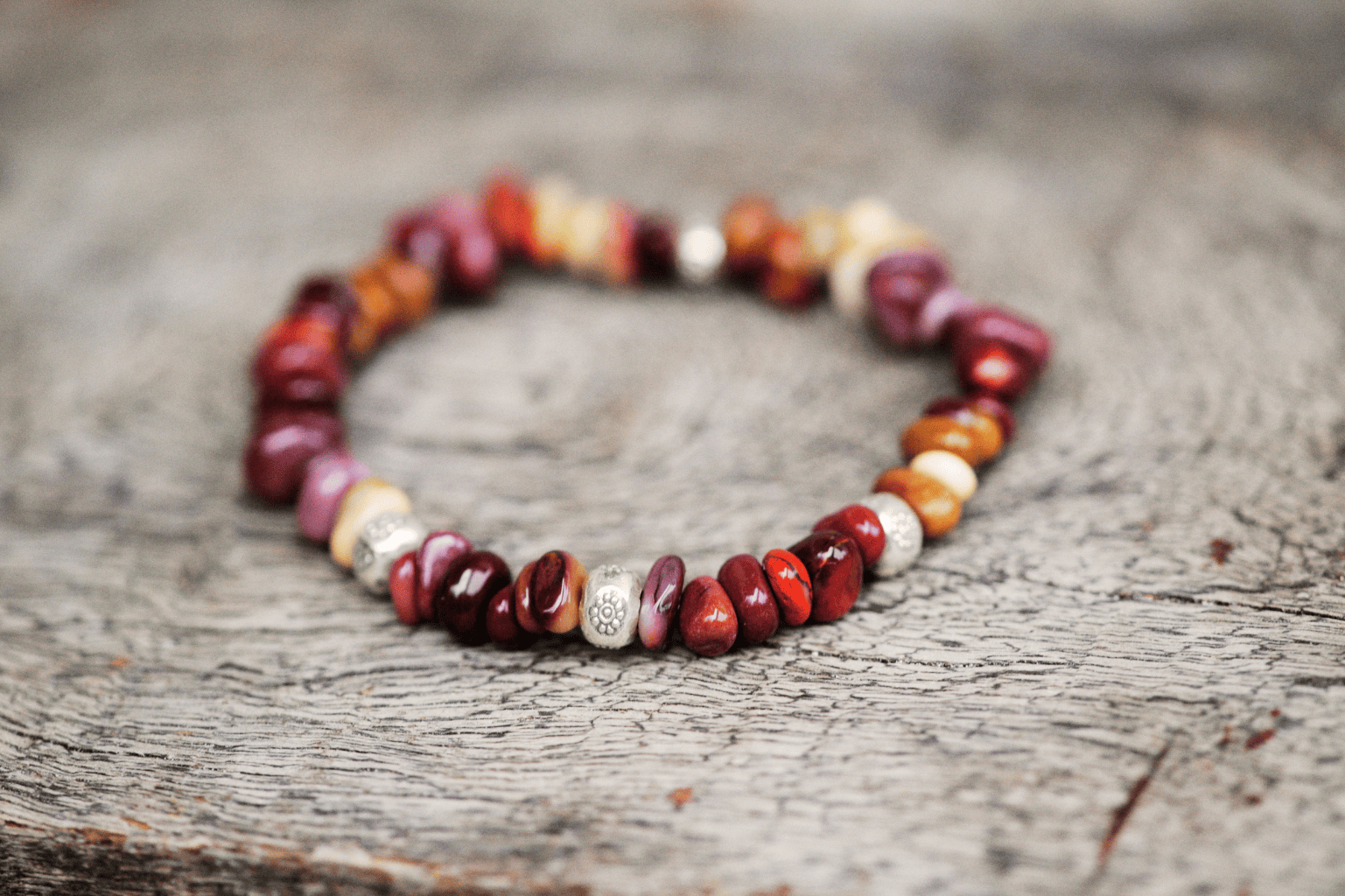
Egypt has been renowned for its gemstone trade for thousands of years, with evidence of gem mining in the ancient Egyptian civilization. Gems like lapis lazuli, turquoise, and carnelian were prized by the pharaohs and used for both adornment and ceremonial purposes.
Glass BeadsGlass beads were crafted in vibrant colors and intricate designs, often symbolizing wealth and protection. Used in jewelry and sacred objects, they played a significant role in Egyptian art and culture.
Clay beads were some of the first beads used in ancient Egypt, often handmade and crafted into small, detailed shapes. These beads were strung together for jewelry and also used in ceremonial settings to invoke blessings and protection.
Semi-Precious Stone BeadsSemi-precious stones like lapis lazuli, carnelian, and turquoise were shaped into beads and used in jewelry and ceremonial objects. These beads were highly prized and were believed to have protective and healing properties.
genuine leather
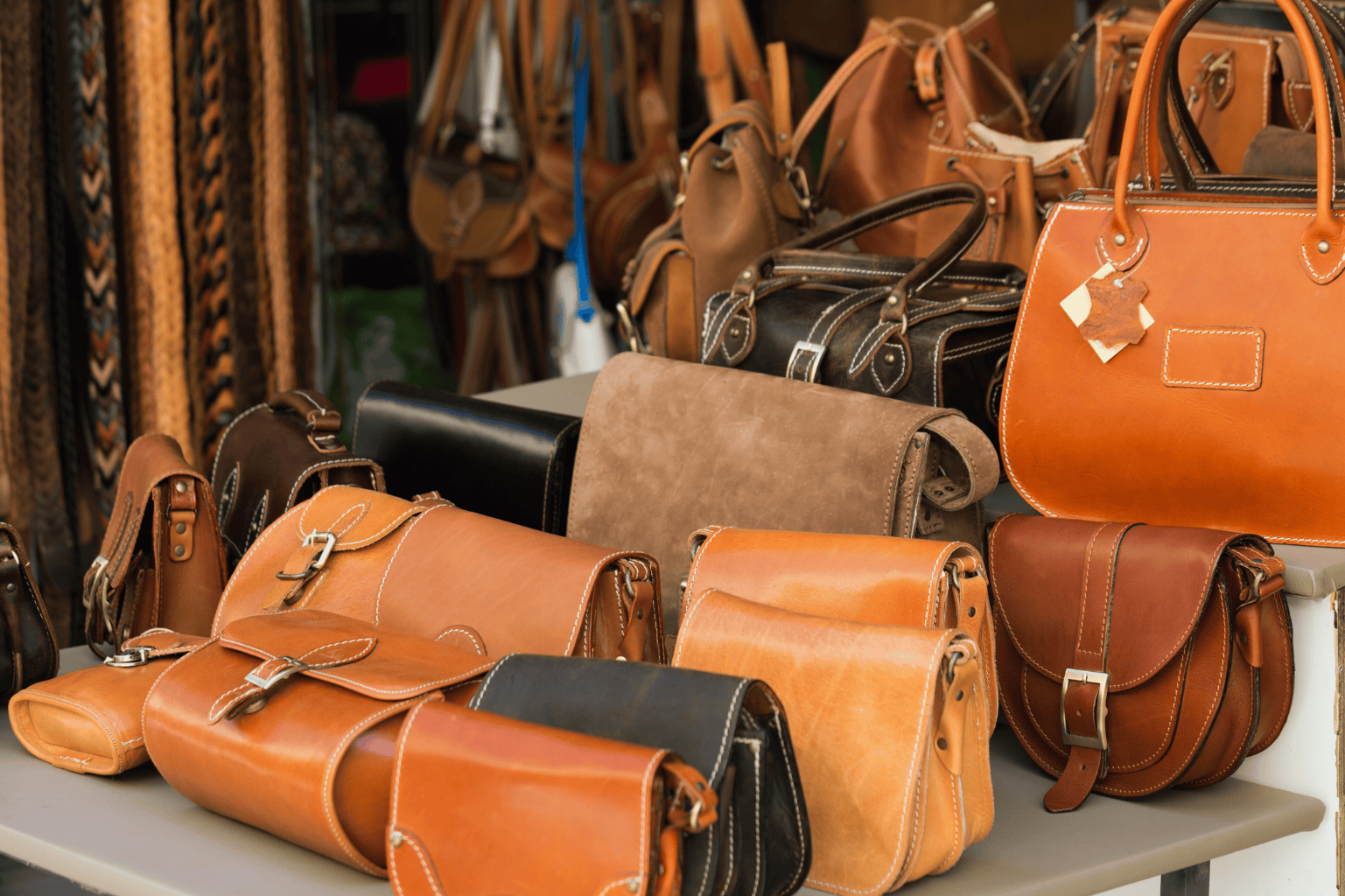
Leather was integral to Egyptian culture from as early as 2700 BC. It was used for a range of items, including footwear, clothing, and ceremonial pieces, showing its cultural and practical significance in daily life and rituals.
Artisan ExpertiseEgyptian artisans have mastered leatherworking over generations, producing intricate designs through traditional methods of tanning, dyeing, and stitching. Each piece reflects the deep craftsmanship passed down through history, combining ancient skills with modern designs.
Today, Egyptian leather is known for its premium quality. It’s used in luxury fashion items like bags, shoes, and belts, as well as in traditional products like saddles. The leather is carefully treated to ensure durability and finish, making it desirable in both fashion and industrial markets.
Global Market AppealEgyptian leather goods are globally recognized for their durability and craftsmanship. The attention to detail in production has made them highly acquired by luxury brands and consumers worldwide.
Handwooven Rugs

Handwoven carpets in Egypt originated during the Mamluk Sultanate (1250–1517 CE), with Cairo becoming a key center for carpet production in the late 15th century. These carpets feature intricate geometric patterns, influenced by the artistic styles of the time.
Craftsmanship and TechniquesEgyptian carpets are traditionally made from high-quality wool and silk, utilizing Turkish knots and a rich color palette. The craftsmanship ensures durability and striking visual appeal, with carpets admired for their intricate designs.
Handwoven carpets in Egypt symbolize wealth and status, often used in royal palaces and mosques. Their designs reflect Egypt's artistic achievements, often incorporating Islamic art motifs that highlight the cultural importance of these carpets.
Modern Revival and Global AppealRecently, Egyptian handwoven carpets have seen a resurgence in global markets. Artisans blend traditional techniques with contemporary designs, increasing demand and export opportunities due to their unique beauty and craftsmanship.
Kilim

Egyptian kilim rugs are traditionally handwoven using wool and cotton, employing techniques such as the slit-weave method to create flat, geometric patterns. These rugs are known for their durability and vibrant colors, often achieved through the use of natural dyes.
Modern ApplicationsToday, Egyptian kilims are used as decorative floor coverings, wall hangings, and upholstery. Their versatile designs make them suitable for various interior styles, from traditional to contemporary.
In 2020, Egypt's export of carpets and kilims reached approximately $14.5 million, reflecting a strong international demand for these handcrafted textiles. Countries like Canada and those in Europe are significant importers of Egyptian kilims.
Egyptian kilims stand out in the global carpet industry due to their unique blend of traditional craftsmanship and contemporary design. This distinctive appeal makes them a valuable addition to any retailer's product lineup, offering customers authentic, high-quality, and culturally rich floor coverings.
Jute

Jute has been utilized in Egypt for centuries, with historical records indicating its use in various applications, including textiles and ropes, reflecting its longstanding presence in Egyptian culture.
Craftsmanship and TechniquesEgyptian artisans employ traditional hand-weaving techniques to create jute products that combine durability with aesthetic appeal, resulting in items admired for their craftsmanship.
Jute is an eco-friendly, biodegradable, and renewable resource, favored by environmentally-conscious consumers for creating a wide range of products, including rugs, bags, hats, and furniture coverings.
Jute in Egyptian CraftJute has become an essential part of Egypt's artisanal textile industry, gaining popularity for its sustainability and versatility in producing carpets, bins, bags, hats, and home décor items.
Macramé

Macramé, a decorative knotting art, has been practiced in Egypt for centuries. Traditionally used for creating decorative items and clothing, it has evolved into a contemporary craft. Egyptian artisans employ intricate knotting techniques to produce unique pieces, blending traditional methods with modern aesthetics.
Materials and TechniquesArtisans use various materials, including cotton, silk, and jute, to create macramé items. The choice of material affects the texture and durability of the final product. Techniques such as square knots, lark's head knots, and half-hitch knots are commonly employed to achieve intricate designs.
Today, Egyptian macramé is used to create a wide range of products, including wall hangings, plant hangers, bags, and home décor items. These handcrafted pieces add a bohemian touch to interiors and are popular in global markets.
Global Market AppealEgyptian macramé products have gained international recognition for their quality and craftsmanship. Artisans continue to meet the growing demand in countries like Canada and Europe, ensuring Egypt's strong presence in the global market.
Oriental Accent
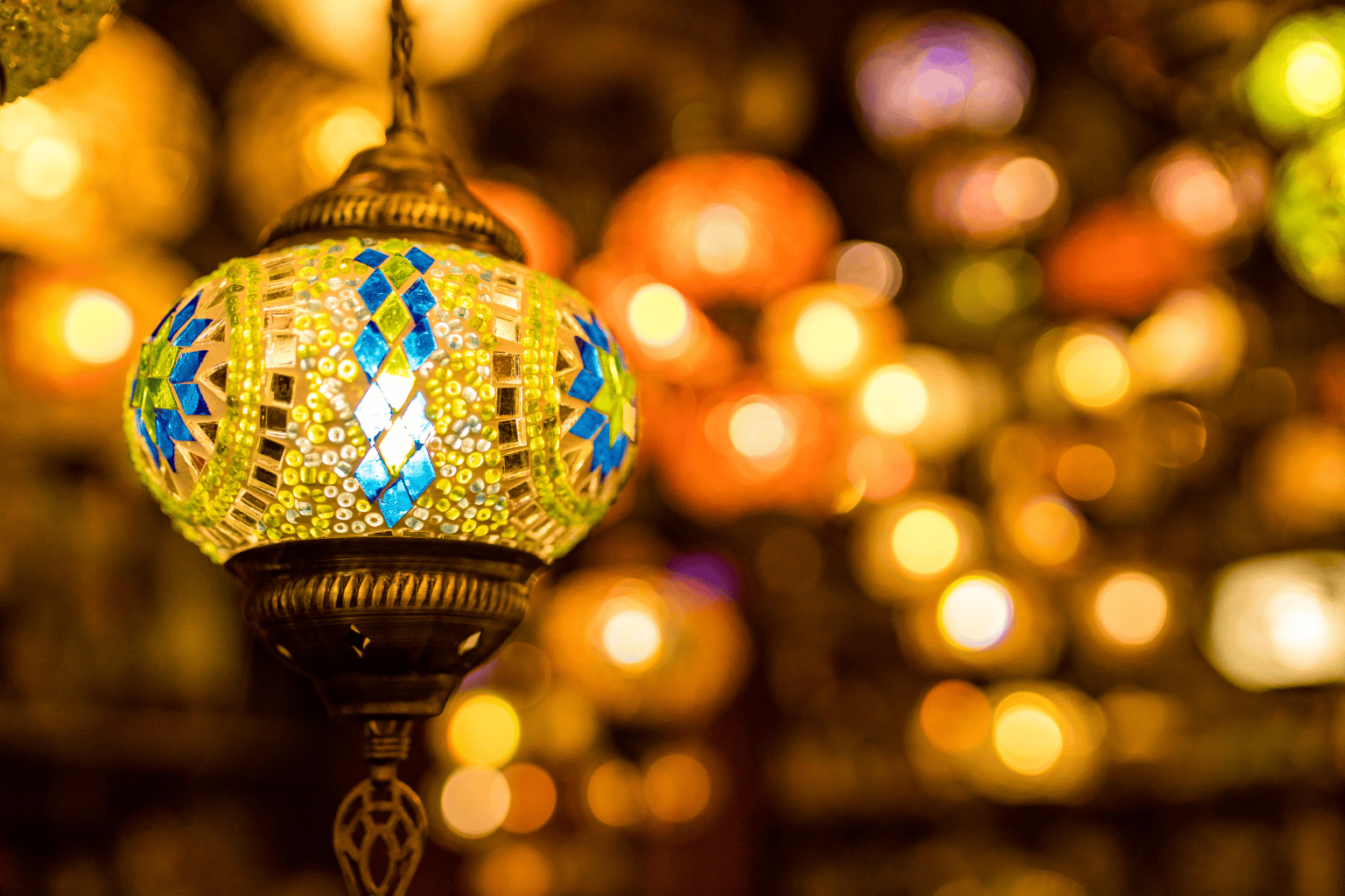
Egyptian Oriental accent items are handcrafted pieces that embody the rich cultural heritage of Egypt. These items, ranging from intricately designed furniture to decorative artifacts, reflect the artistic traditions and historical influences that have shaped Egyptian craftsmanship over centuries.
Craftsmanship and MaterialsArtisans utilize a variety of materials, including wood, metal, and glass, to create these distinctive pieces. Techniques such as inlay, carving, and gilding are commonly employed to achieve the intricate designs that characterize Egyptian Oriental accents.
Today, Egyptian Oriental accents are used to enhance interior spaces, adding a touch of elegance and history to modern decor. These items serve as conversation pieces and are appreciated for their artistic value.
Global Market AppealEgyptian Oriental accent items have found a place in international markets, with demand growing in countries like Canada and across Europe. Their unique designs and cultural appeal make them desirable additions to homes and collections worldwide, contributing to Egypt's presence in the global artisan trade.
Porcelain & ceramics
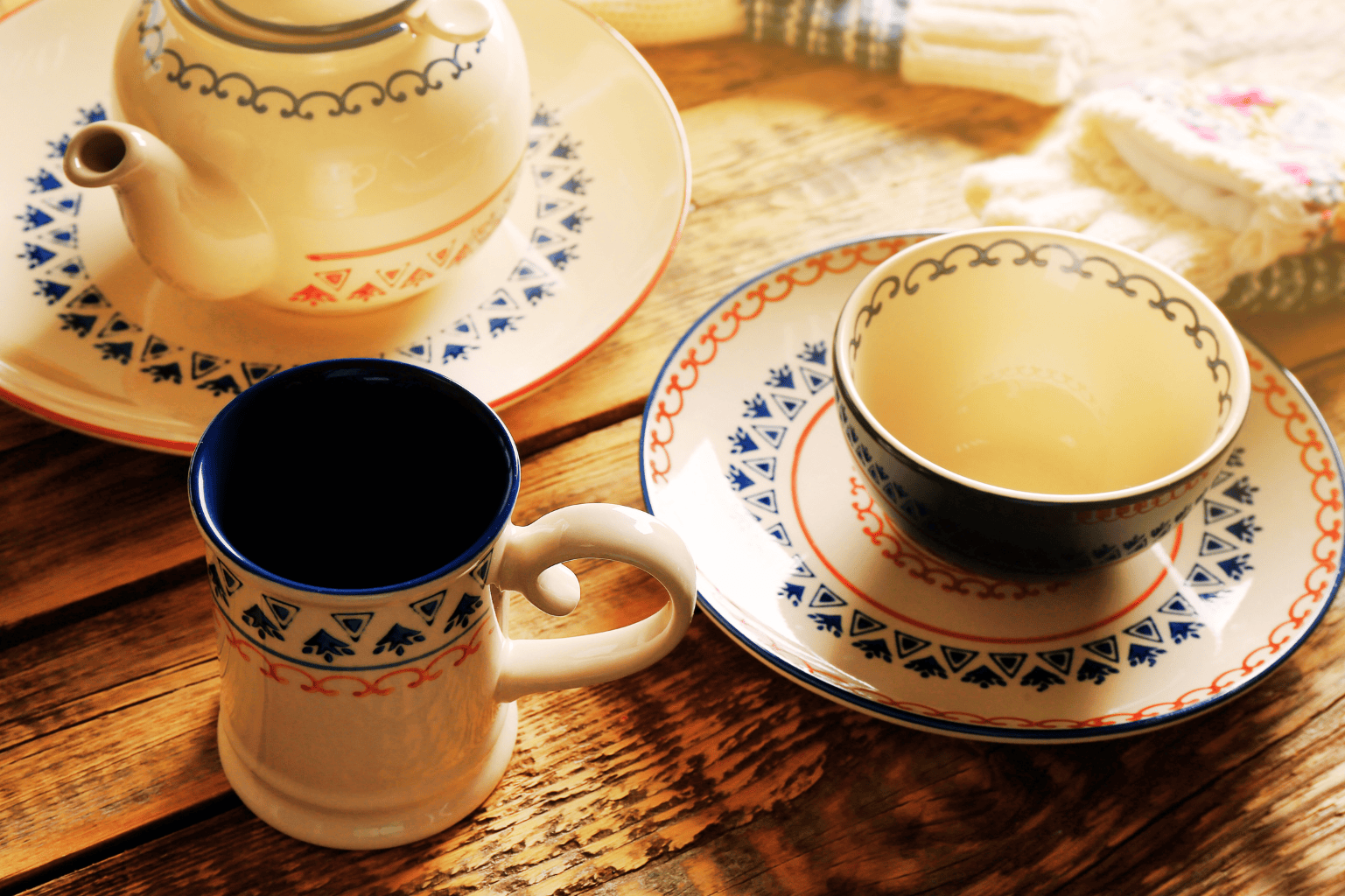
Egyptian porcelain and ceramics are renowned for intricate designs and high-quality materials. Artisans utilize various clays and glazes to create durable, aesthetically pleasing products. Techniques such as hand-painting, glazing, and firing at high temperatures are employed to achieve the desired finish.
Modern ApplicationsToday, Egyptian ceramics are used in a wide range of applications, including home décor, tableware, interior designs and architectural elements. Their unique designs and craftsmanship make them popular choices for both functional and decorative purposes in residential and commercial settings.
In 2023, Egypt exported ceramic products worth approximately $298 million, with ornamental ceramics alone accounting for $740,000 in exports in 2022 of products that are popular for their quality and unique designs.
Industry OutlookEgypt's ceramics sector is poised for growth. The government's support and the industry's adaptability are expected to drive growth and production in the coming years.
Pottery

Egyptian pottery is crafted using Nile silt and marl clay, imparting unique colors and textures. Artisans employ traditional techniques such as hand-building and wheel-throwing to produce both functional and decorative items.
Modern ApplicationsThese pottery pieces serve as tableware, vases, and decorative items, reflecting Egypt's rich cultural heritage. Their aesthetic appeal makes them popular choices for both functional and decorative purposes in residential and commercial settings.
Egyptian pottery is produced using natural, biodegradable materials like Aswan clay, which is free from artificial additives. This traditional approach minimizes environmental impact and promotes sustainability. Additionally, many artisans utilize solar-powered kilns and non-toxic glazes, further enhancing the eco-friendly nature of the products.
Global Market AppealEgyptian pottery stands out in the global market due to its unique blend of traditional craftsmanship and contemporary design. This distinctive appeal makes it a valuable addition to any retailer's product lineup, offering customers authentic, high-quality, and culturally rich items.





















